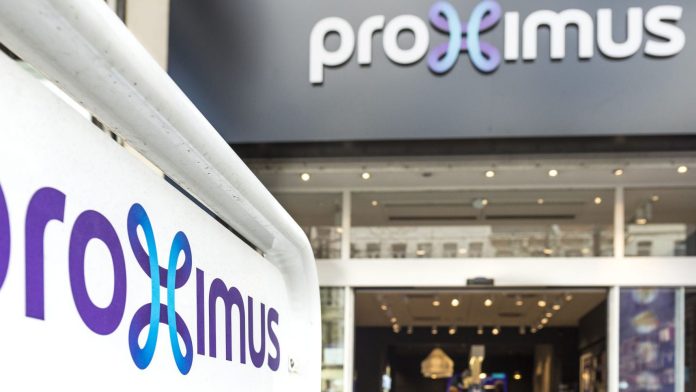Belgian carrier Proximus has been appointed by the town of Ottignies-Louvain-la-Neuve, in Wallonia, the French-speaking region of southern Belgium, to establish a ‘living lab’ for civic-minded IoT applications and services.
The joint project, between the city administration and the largest of the country’s three telecoms providers, falls within the framework of the province’s broader strategy, Digital Wallonia, which defines its regional digital transformation. The government of Wallonia has earmarked €500 million to implement digital change in the region in the period through to 2022.
Proximus said the work in Ottignies-Louvain-la-Neuve will set the tone for the region, and focus on opportunities with ‘internet of things’ (IoT) technologies and data analytics for both the local authority and citizens. It cited applications in governance, security and energy management.
“The project will make it possible to test the potential of innovative technological solutions and to analyze their pertinence in real-life situations, for different fields of application such as mobility and tourism,” said Proximus in a statement.
The pair will seek to establish a partnership program to bring the project to life. Belgian service provider Be-Mobile, which provides mobility and traffic management solutions, and local gas and electricity provider ORES have already signed up. ORES will participate as a market facilitator for public authorities in energy management, in particular in the field of smart municipal public lighting, said Proximus.
Proximus said it is bringing expertise in IoT, data analytics, mobility and security.
Alex Bosmans, public sector manager at Proximus, said: “The choice of Ottignies-Louvain-la-Neuve was a logical one. There is a diverse infrastructure, population and ecosystem in a medium-sized town, which makes it an ideal laboratory for carrying out the tests.”
David da Câmara Gomes, in charge of mobility and IT for Ottignies-Louvain-la-Neuve, said: “The aim is to make the Smart Cities concept more tangible for the general public. One could imagine a smart lighting system in public parks to increase security, or a solution facilitating the management of flows and movements of crowds at events. Those are just two possibilities among many; the main thing is that they meet the needs of citizens.”
In the first stage, Proximus and Ottignies-Louvain-la-Neuve will review the challenges the city faces, and define its priorities. Following this exploratory phase, the most relevant solutions will be tested in real-life situations, with the city being used as a laboratory. The long-term objective will be to replicate the solutions tested in Ottignies-Louvain-la-Neuve across the country, to convince other Walloon cities and municipalities.
Proximus already has a far-reaching LoRa network in Belgium. French firm Kerlink announced a deal to provide it with 800 additional stations for its LoRa IoT network in late least year. The contract followed the carrier’s deployment of LoRa in 2015 with 130 Kerlink stations.
According to a new report by IoT research firm ON World, two thirds of low-power wide-area networks run LoRa or Sigfox technologies, and one third are devoted to smart city applications. Sigfox and LoRa have similar profiles; the main differences are in their business models.
The LoRA Alliance claims there has been more than 100 percent growth in the number of public LoRa networks in the past 12 months, from 31 live networks to 67. By contrast, 23 carriers have so far launched 41 licensed cellular IoT networks.

